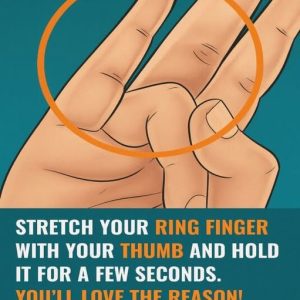Do you struggle more than before with stairs, carrying groceries, or gardening? It might not simply be “just age.” These changes could signal a condition called sarcopenia—a subtle but serious loss of muscle mass and strength that affects many adults over 50, often without obvious warning signs. The good news? It’s preventable and manageable with the right habits.
Sarcopenia refers to the gradual decline in muscle mass and function, beginning as early as age 30 and accelerating around 60. While aging plays a role, sarcopenia is now considered a distinct medical condition—not an inevitable outcome. The culprits include hormonal decline, slower muscle recovery, and reduced nutrient absorption. But lifestyle habits, like inactivity, poor diet, and vitamin deficiencies, also play a major role.
Muscle-friendly habits are often neglected. Skipping meals, eating low protein, sitting too much, or avoiding physical activity all contribute. Inactivity is the biggest risk factor. Additionally, vitamin D deficiency, common in older adults, can lead to muscle weakness. Some chronic conditions—such as diabetes, thyroid issues, or neurological diseases—can silently worsen muscle loss.
Recognizing sarcopenia doesn’t require fancy tests. Warning signs include difficulty getting up from a chair, breathlessness after climbing stairs, visible muscle loss in limbs, frequent stumbling, and unexplained fatigue. If you notice several of these signs, it’s worth checking with your doctor to evaluate muscle health.
Protecting your muscles starts with simple daily movements—squats, stairs, walking, light push-ups, yoga, or swimming. You don’t need intense workouts—just consistency. Aim to move daily, even if only for ten minutes.
Lastly, support your muscles with proper nutrition. Focus on protein (1.2–1.5g per kg of body weight), vitamin D, calcium, and omega-3s. Stay hydrated and cut back on ultra-processed foods, sugar, and excessive alcohol. With the right approach, maintaining muscle strength is possible—even at 70 and beyond.



